The United States is home to some of the leading PCB manufacturers, known for their quality and advanced technology. This article will explore the top 10 PCB manufacturers in the US. These companies stand out for various reasons – some for their cutting-edge technology, others for their excellent customer service, and some for their quick turnaround times.
Choosing the right manufacturer is vital. Whether you're a business needing bulk orders or an individual working on a personal project, the right manufacturer can make a big difference. They not only provide you with a quality product but can also offer valuable support throughout your project. In this guide, we'll look at what makes each of these top 10 manufacturers unique. We'll delve into their strengths and what they offer, helping you make an informed decision for your PCB needs. Let’s begin our journey into the world of US PCB manufacturing and discover the leaders in this field.
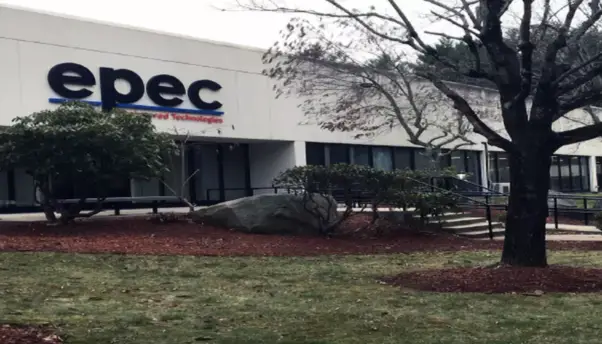
Epec, a leading electronics company with a 70-year history, excels in providing custom, build-to-print solutions. The company's commitment to flexibility, reliability, and innovation has positioned it as a key player in the industry. Epec's global team of experts collaborates seamlessly to meet dynamic customer needs across North America, Asia, and Western Europe. With over 100 passionate employees, Epec is recognized as one of the fastest-growing companies in the electronics sector. Its continuous investments in technology, talent, and global infrastructure underscore its commitment to delivering tailored solutions aligned with customers' go-to-market strategies.
| Established time | 1952 |
| Product/Service | Flex & Rigid-Flex PCBs Cable Assemblies Printed Circuit Board |
| Location | New Bedford, MA 02745, United States |
| Website | www.epectec.com |
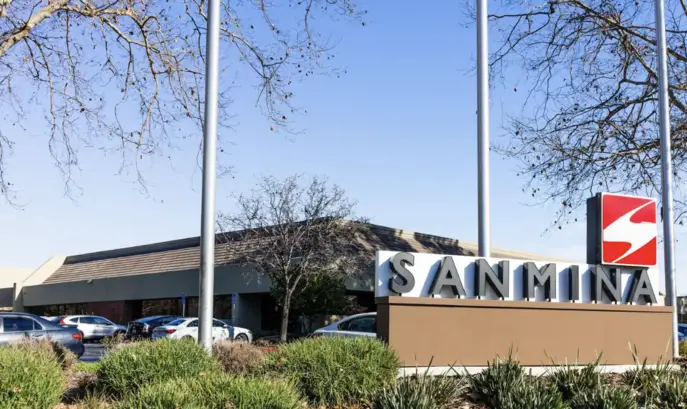
Sanmina, founded in Silicon Valley in 1980, is a technology leader specializing in the design, manufacturing, and repair of advanced optical, electronic, and mechanical products. With a global presence across 20 countries on 6 continents, the company serves Original Equipment Manufacturers (OEMs) in sectors such as industrial, medical, defense, aerospace, automotive, communications networks, and cloud solutions. The company's commitment to quality is encapsulated in its Quality Policy, focusing on excellence in performance, flexibility, and technology to exceed customer expectations in terms of quality, delivery, and service. Sanmina's dedication to building long-term relationships is centered on exceptional customer satisfaction and the positive impact of their products.
| Established time | 1980 |
| Product/Service | Printed Circuit Boards Quick Turn Prototyping PCB Assembly & SMT |
| Location | 2700 North First Street, San Jose, CA 95134 |
| Website | www.sanmina.com |
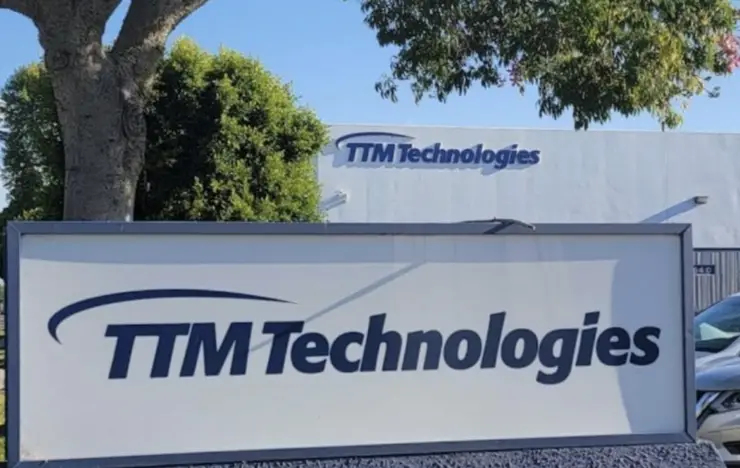
TTM Technologies is a global leader in advanced printed circuit board (PCB) manufacturing and assembly services, providing innovative solutions to a diverse range of industries. With a rich history dating back to 1978, TTM has evolved into a technology-driven company known for its expertise in producing complex, high-performance PCBs. Headquartered in Santa Ana, California, TTM operates as a key partner for leading companies in sectors such as aerospace and defense, automotive, medical, and networking/communications. The company's comprehensive capabilities encompass the entire PCB lifecycle, from design and fabrication to assembly and testing.
| Established time | 1978 |
| Product/Service | Printed Circuit Boards RF microwave/microelectronic assemblies |
| Location | 3140 East Coronado Street Anaheim, CA 92806. |
| Website | www.ttm.com |
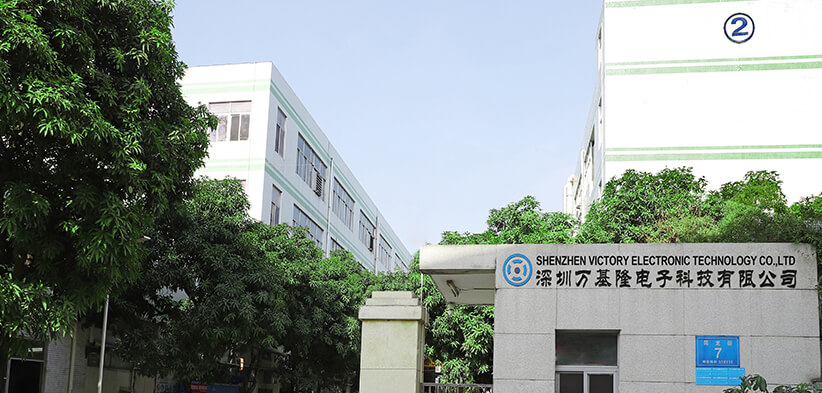
VictoryPCB is a reliable PCB manufacturer with a global customer base, including clients in the U.S. Established in 2005, Victory provides high-quality, high-precision, and high-density PCBs. Specializing in multiply species, small to medium series, and quick-turn production, the company operates from a modern Industrial Park in Shenzhen City, covering a total plant area of 30,000 sq.m. With advanced production and testing equipment, coupled with a robust quality system, Victory ensures stability and excellence throughout the manufacturing and assembly processes. The monthly production capability is 60,000 sq.m, supported by a skilled team dedicated to meeting customer requirements.
| Established time | 2005 |
| Product/Service | 1-16L layer Rigid PCBs Flex PCBs High Frequency PCBs HDI PCBs Metal Base Aluminium PCBs |
| Location | 101, No.2 Building, No.7 Jianlong Jingfa Industrial Zone,Shenzheng |
| Website | www.victorypcb.com |
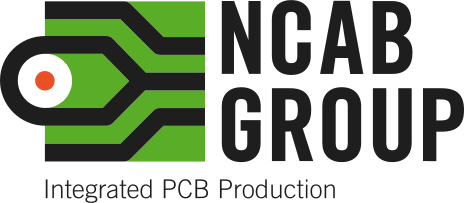
NCAB Group is a global leading supplier of printed circuit boards, providing cutting-edge solutions to businesses worldwide. Established in 1993, the company has evolved into a prominent player in the electronics industry. With headquarters in Sweden, NCAB has a strong international presence, encompassing offices and factories in over 15 countries, ensuring a seamless global supply chain. Known for its commitment to quality, sustainability, and technical expertise, NCAB offers a comprehensive range of PCB services, including design support, prototyping, and production. The company's customer-centric approach, combined with a focus on innovation and environmental responsibility, has earned it a reputation as a trusted partner for companies seeking reliable and advanced PCB solutions. NCAB Group's dedication to excellence and continuous improvement underscores its position as a key player in the rapidly evolving electronics manufacturing landscape.
| Established time | 1993 |
| Product/Service | Multilayer PCBs Radio frequency circuits Rigid flex PCBs HDI PCBs |
| Location | 10 Starwood Drive, Hampstead, NH 03841 |
| Website | www.ncabgroup.com |
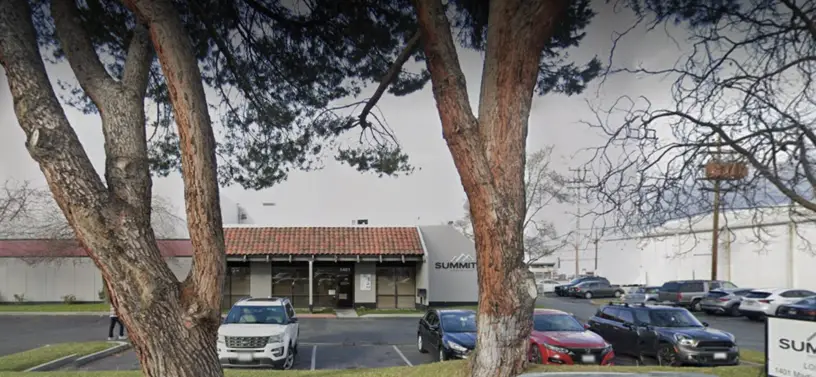
Formed in 2016, Summit quickly has become one of the largest PCB manufacturers in North America. They specialize in the production of high-quality printed circuit boards, including rigid, flex, rigid-flex, HDI PCBs, microwave and RF PCBs, semiconductors, and ATE PCBs. With field application engineers across North America, best-in-class processes, top-of-the-line equipment, and redundant facilities, They are the clear choice when selecting a manufacturer for mission-critical PCB designs today and in the future.
| Established time | 2016 |
| Product/Service | High-Density Rigid Rigid-Flex and Flex PCB RF / Microwave Semiconductor |
| Location | 1401 Martin Ave, Santa Clara, CA 95050 |
| Website | summitinterconnect.com |

Advanced Circuits is a leading provider of printed circuit board manufacturing solutions, renowned for its commitment to quality, innovation, and customer satisfaction. Since its inception in 1989, Advanced Circuits has played a pivotal role in the electronics industry, offering a comprehensive range of PCB services, including quick-turn prototypes and high-volume production. Headquartered in Aurora, Colorado, with multiple facilities across the United States, Advanced Circuits utilizes state-of-the-art technology and a dedicated team of experts to deliver high-quality PCBs tailored to meet the diverse needs of its clientele. The company's capabilities span various industries, including aerospace, medical, automotive, and telecommunications.
| Established time | 1989 |
| Product/Service | Standard & Custom Printed Circuit Boards 2 & 4 Layer PCB Printed Circuit Board Assembly |
| Location | 21101 E 32nd Pkwy, Aurora, Colorado, 80011 |
| Website | 4pcb.com |
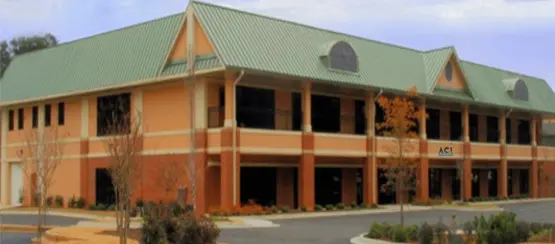
Advanced Circuitry International (ACI) is a leading provider of advanced, high-performance PCBs catering to diverse industries worldwide. Founded in 1992 and headquartered in Atlanta, Georgia, ACI has established itself as a reliable partner for companies seeking innovative and reliable PCB solutions. ACI specializes in manufacturing complex, high-density interconnect (HDI) PCBs, flex and rigid-flex PCBs, and other advanced technologies. With state-of-the-art facilities in the United States and Asia, ACI ensures the highest quality standards and on-time delivery. The company's commitment to technological excellence, coupled with a customer-centric approach, has earned ACI a reputation for delivering cutting-edge PCB solutions for applications in aerospace, telecommunications, medical, and other critical sectors.
| Established time | 1992 |
| Product/Service | RF & Microwave PCBs Large Format PCBs Rapid Prototyping Multilayer PCBs |
| Location | 3424 Howell St NW, Duluth, GA 30096 |
| Website | aciatlanta.com |

Technotronix, established in 2002, is a prominent provider of customized PCB solutions, catering to a diverse range of industries globally. Headquartered in California, USA, with additional facilities in Canada and Asia, Technotronix has become a trusted partner for companies seeking high-quality PCBs for their electronic applications. Specializing in quick turn and prototype PCB manufacturing, Technotronix offers a comprehensive suite of services, including PCB fabrication, assembly, and design support. The company's commitment to innovation, advanced technology, and stringent quality control measures ensures the delivery of reliable and cost-effective PCB solutions.
| Established time | 2002 |
| Product/Service | PCB fabrication Printed circuit board assembly PCB Layout PCB MANUFACTURING |
| Location | 1381 N Hundley Street, Anaheim, CA 92806 |
| Website | technotronix |
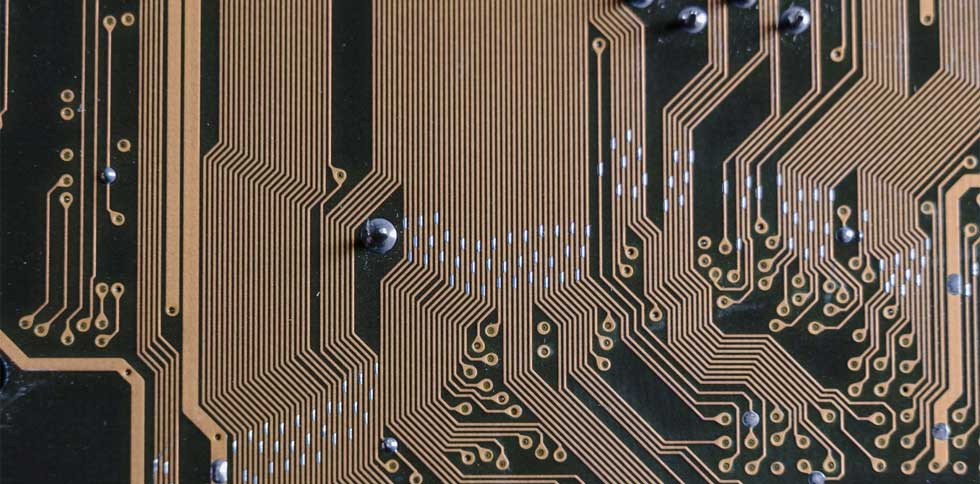
Custom Circuit Boards, founded in 2005, stands out as a leading provider of personalized printed circuit board solutions, delivering high-quality and cost-effective products. Based in Phoenix, Arizona, the company is renowned for its commitment to customer satisfaction, offering a wide array of services, including PCB fabrication, assembly, and design support. Specializing in quick-turn and prototype PCB manufacturing, Custom Circuit Boards caters to diverse industries, such as aerospace, medical, telecommunications, and automotive. The company leverages advanced technology, state-of-the-art facilities, and a team of experienced professionals to meet the unique demands of clients seeking reliable and innovative PCB solutions.
| Established time | 2005 |
| Product/Service | Quick Turn Around PCBs Low-cost PCBs PCB Prototypes |
| Location | 17650 North 25th Avenue Suite #2 Phoenix, Arizona 85023 |
| Website | customcircuitboards.com |
Calumet Electronics is a leading American PCB manufacturer headquartered in Calumet, Michigan, specializing in high-reliability printed circuit boards for critical industries such as aerospace, defense, and medical technology. As one of the few remaining ITAR-compliant, MIL-SPEC, and AS9100-certified PCB fabricators in the U.S., Calumet is known for its domestic production capabilities, ensuring secure supply chains for defense and high-tech applications. The company excels in rigid, rigid-flex, and high-layer-count PCBs, with a strong focus on advanced materials, signal integrity, and harsh-environment durability.
| Established time | 1969 |
| Product/Service | Rigid PCBs Rigid-Flex PCBs High-Frequency/RF PCBs Military & Aerospace-Grade PCBs |
| Location | 25830 Depot St, Calumet, MI 49913 |
| Website | Calumet Electronics |

American Standard Circuits (ASC) is a leading PCB manufacturer headquartered in West Chicago, Illinois, USA, specializing in the design and production of highly complex, high-performance printed circuit boards for industries including aerospace, defense, medical, telecommunications, and industrial electronics. ASC is known for its technical expertise and stringent quality standards, holding key certifications like ITAR registration, ISO 9001:2015, AS9100D, and UL recognition.
| Established time | 1989 |
| Product/Service | Rigid PCBs Rigid-Flex PCBs High-Frequency/RF PCBs metal-core (aluminum/copper) |
| Location | 475 Industrial Dr, West Chicago, IL 60185 |
| Website | American Standard Circuits |
Selecting the right PCB manufacturer is crucial for the success of your electronic projects. Here are key factors to consider:
Quality and Reliability: The PCBs must meet high standards. A good manufacturer ensures their products are reliable and function well. They should have certifications like ISO to show they follow strict quality guidelines.
Turnaround Time: How fast can the manufacturer deliver your PCBs? Time is often critical in electronics projects. Look for a manufacturer who can provide quick production without compromising quality.
Cost-Effectiveness: While you want affordable PCBs, the cheapest option isn't always the best. Weigh the cost against the quality and services offered. Sometimes, paying a bit more can get you better quality and service.
Technical Expertise: Your manufacturer should have the knowledge and experience to handle your specific requirements. They should be able to handle different PCB designs and offer advice on improving your project.
Customer Service: Good communication is essential. The manufacturer should respond quickly to your queries and keep you updated on your order's progress. They should be easy to work with and willing to address any concerns you have.
The top 10 PCB manufacturers in the US each bring something special to the table. From advanced technology to excellent customer service, these companies are key players in the PCB industry. As we've seen, choosing the right manufacturer is critical. It's about finding a balance between quality, cost, and the specific needs of your project. Whether it's a large-scale production or a specialized custom job, the right manufacturer can make a significant difference. By considering the factors we've discussed, you can make an informed decision for your PCB requirements, ensuring the success of your electronic projects.
By continuing to use the site you agree to our privacy policy Terms and Conditions.
Recruit global agents and distributors Join us